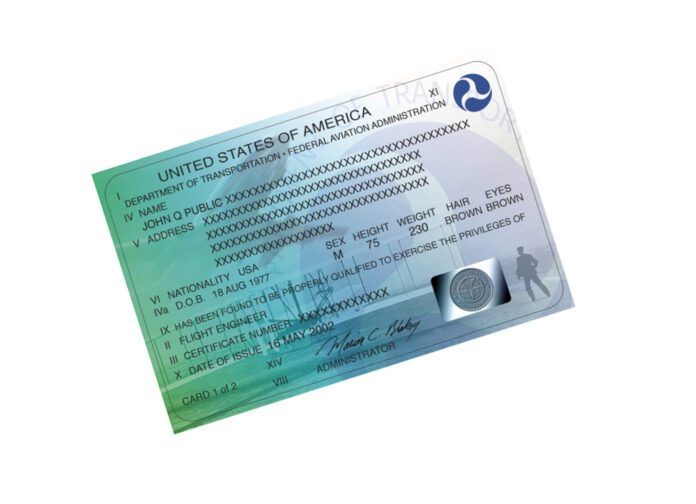Thanks for J.R. Warmkessel’s March article, “What Now, Captain?” I’d guess most brand-new private pilots have a good idea of what they want to do with their new ticket. If they don’t, one has to ask why they spent all that time and money to earn it. Hopefully, they’ll go on to add the instrument rating and more, learning how to use an airplane for personal and business transportation. There is no substitute.
Thanks, also, for highlighting the Civil Air Patrol as well as the various public-benefit flying organizations out there. I’ve had the good fortune to work with CAP and the Air Care Alliance, among others, and can verify the value of their programs. The CAP’s military orientation may not be for everyone, but involvement there will expose you to a broader cross-section of the industry. And who knows; you may actually help find a downed aircraft.
—Keith Camp, Via email
We agree with the value of CAP and the PBFOs out there, having some experience with both. One thing to keep in mind is both offer reasons to go fly more often, but also can require more experience than a new pilot may have. But you have to start (and continue) somewhere.
Firefighting
Ryan Motte’s article in the March issue (“Smoke And Fumes”) touches a lot of the bases we should consider when thinking about airborne smoke and fume events. There are two other things I think need to be considered.
One is the overwhelming lack of good training for handling these events. Of course, an in-cockpit fire is hard to simulate in your average Skyhawk, but I think the industry needs to come up with something better than “land as soon as possible.” Maybe some dark sunglasses or other way to impair a pilot’s vision, plus opening a window and emergency descents. Regardless, we’re not training for this event.
Also, and given the increased fire risks posed by lithium-ion batteries, I think all operators need to consider how to mitigate that risk. Airlines caution against checking any bags with such batteries in them, since the baggage hold is inaccessible in flight.
We should do the same in our aircraft, and keep any such potential fire sources where we can get at them in flight. What to do with a battery that’s caught fire is another question, and fireproof containment bags are available, just as are fire extinguishers. Without some way to isolate them or stop a runaway fire, I guess they can be tossed out the window.
—David Knight, Via email
You raise some good points, especially about training. The only real training we’ve received in handling in-flight fires, smoke or fumes is knowing where the fire extinguisher is and how to set up a maximum-rate descent to get on the ground more quickly.
 Reverting Back To VOR
Reverting Back To VOR
Your March 2024 article on the FAA’s minimum operational network (MON) of ground-based navaids is rather timely, given the GPS jamming and spoofing that overseas-based bad actors are engaging in. Thankfully, that kind of widespread disruption hasn’t made to North America.
When it does, how will we recognize it?
—Mike Burdette, Via email
Good question. The quick answer is we may not, at least immediately. Hopefully, the navigator we’re using will generate an error message, but that probably depends on the type of interference. We’ve seen reception errors before with panel-mounted products, and they usually go away.
If there’s no error message, we could sail on toward our destination without a clue. That’s when always backing up our GPS with some old-fashioned ded reckoning will save the day, presuming we remember basic ground school.
Send your thoughts, comments or questions to [email protected]




